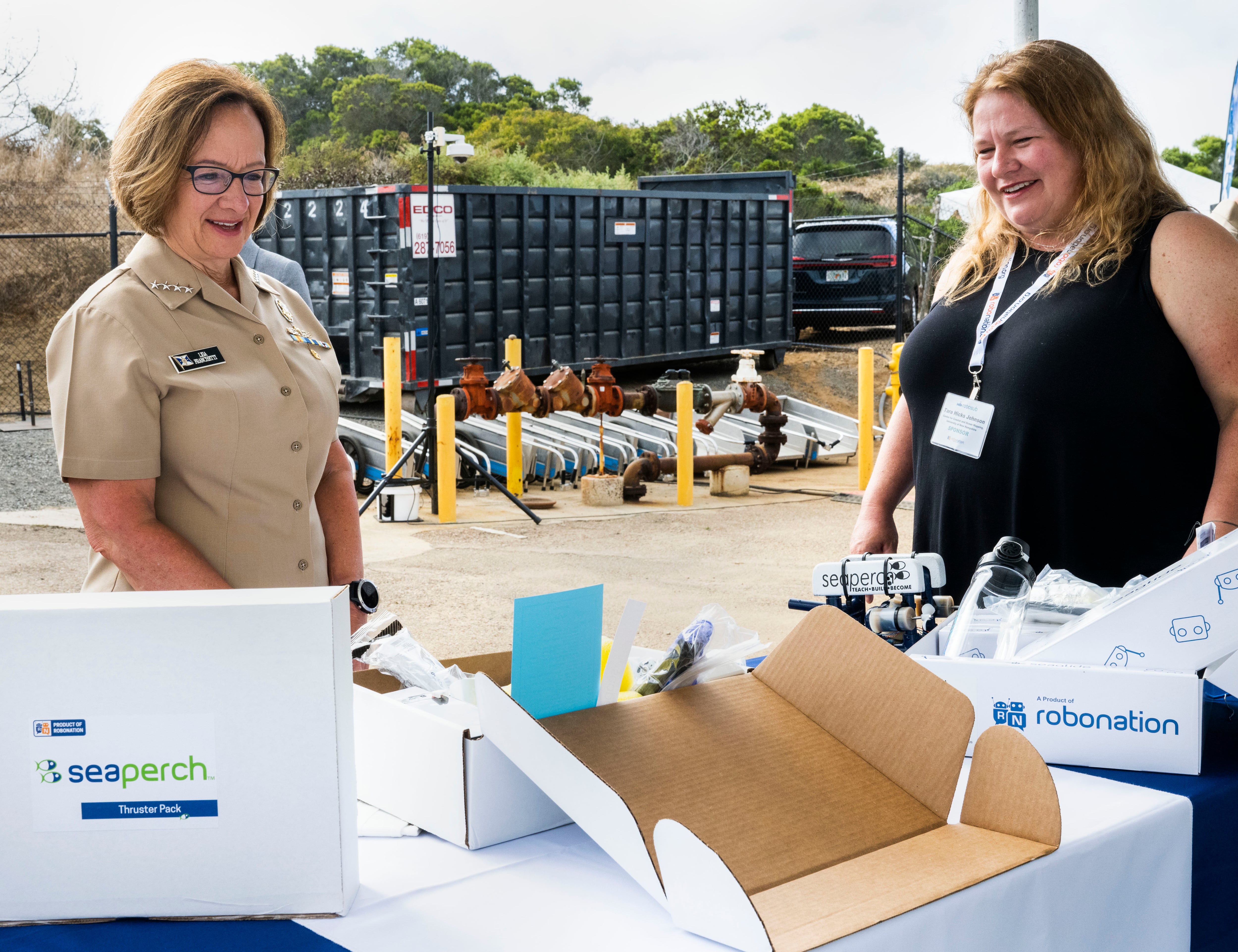WASHINGTON — The newly formed Department of the Navy Science and Technology Board will meet for the first time this week, with members slated to discuss how they can help Navy and Marine Corps leaders leverage scientific advances.
Navy Secretary Carlos Del Toro last week announced the creation of the board, which is meant to “ensure the identification of new technologies and new applications of technology in those areas to strengthen national security,” according to its charter.
Defense Secretary Lloyd Austin tapped former Navy Secretary Richard Danzig to chair it. Danzig led the service from November 1998 to January 2001, served as undersecretary from 1993 to 1997 and advised former President Barack Obama on national security issues, among other roles.
Danzig told reporters Wednesday he wants to avoid common pitfalls for an outside advisory board. The S&T Board won’t advocate for more funding or specific projects, it won’t recommend changes to acquisition or personnel policies to accommodate new technologies, and it won’t simply point out technological advances in the commercial sector the Navy ought to look at.
“An S&T board should be helping to flag the potential of these new technologies, but [also] help the services try and figure out how to actually utilize them,” Danzig said. “That’s a tough question, that’s a lot harder question than simply as a generality urging that we attend to the possibilities of artificial intelligence,” for example.
He noted “one of the classic examples of revolution in military affairs as a result of technology was the German creation of blitzkrieg, from taking the combustion engine — the airplane — and the radio, and combining them to create a new form of warfare.” While other nations had access to both technologies, Germany combined the two in a disruptive way, while France continued to invest in traditional military ideas such as the Maginot Line, Danzig said.
The board includes leaders from academia and industry as well as former military and NASA officials.

Unlike other DoD organizations, such as the Defense Innovation Unit and the Strategic Capabilities Office, which look at rapidly matching existing technology to warfighter problems for short-term solutions, Danzig said this board will consider a longer horizon.
The board will meet for the first time Sept. 22 and will begin to discuss what to tackle first.
Danzig said the board would tackle issues like autonomy, robotics, generative artificial intelligence and other widely discussed emerging technologies, but would also look at advances in oceanography and other niche topics important to the sea services.
According to the Federal Advisory Committee Act Database, the board will meet four times a year.
Megan Eckstein is the naval warfare reporter at Defense News. She has covered military news since 2009, with a focus on U.S. Navy and Marine Corps operations, acquisition programs and budgets. She has reported from four geographic fleets and is happiest when she’s filing stories from a ship. Megan is a University of Maryland alumna.




